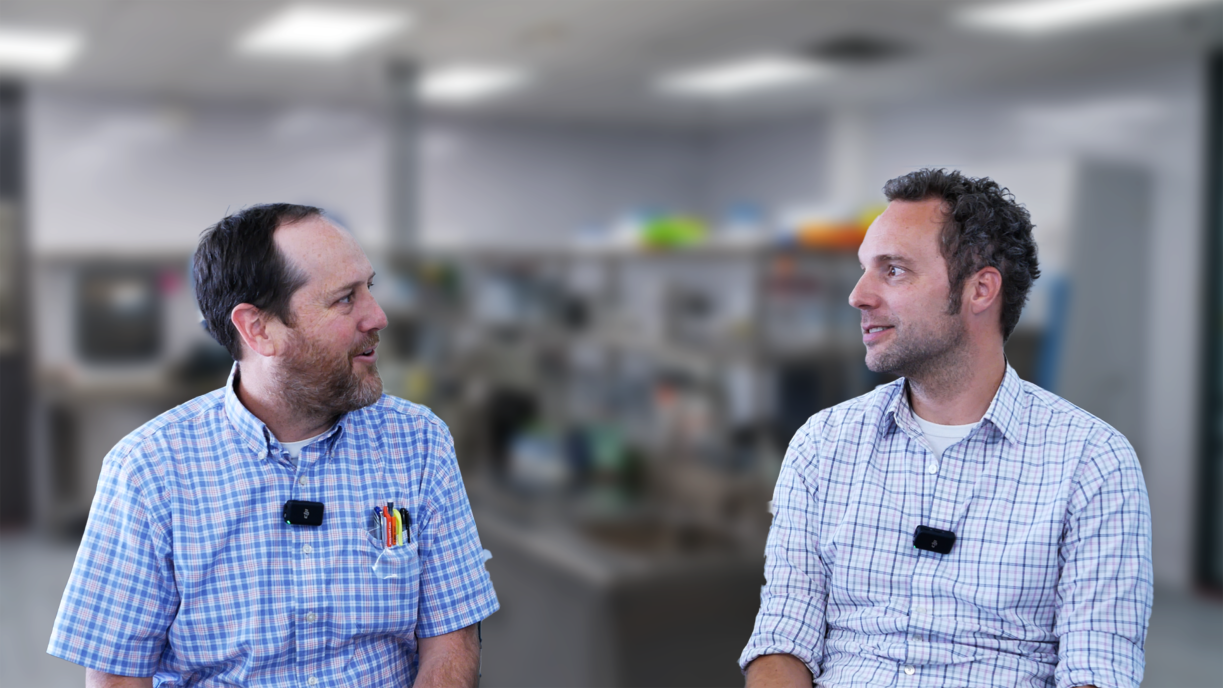
Bio Break: How much does it cost to develop a medical device?
What are the real costs of developing a medical device? In this episode of Bio Break, Nick and Joris dive into one of the most frequently asked questions they hear from clients: How much does it cost to develop a medical device?
When companies approach a product development firm like StarFish Medical, they usually bring a set of expectations around cost, timeline, and quality — what Nick calls the “holy trinity” of client expectations. But aligning these expectations with reality can be a challenge, especially for startups or first-time medical device entrepreneurs.
Nick and Joris explore what drives the cost of medical device development, from simple devices like tongue depressors to complex systems like MRI machines. They highlight that costs vary widely depending on the device type, how mature the technology is, and whether there are existing components to leverage.
For example, when a client already has a validated lab-developed test (LDT) and wants to turn it into a product like an ELISA kit or a lateral flow assay, the development cost can be relatively modest — potentially a few hundred thousand dollars. In contrast, developing entirely new technology — where the scientific principles haven’t been proven and significant technical uncertainties remain — requires larger teams and longer timelines, driving costs into the millions.
Joris also points out that leveraging off-the-shelf components and reusing existing technologies can help reduce costs, but when you’re inventing something truly novel, the cost of technical innovation quickly adds up.
Finally, they remind viewers that clinical trials, regulatory approvals, and manufacturing scale-up will introduce additional costs beyond early prototyping and design.
How much does it cost to develop a medical device?
Learn how StarFish Medical led a consortium that created a Ventilator 2.0 therapy device in record time.
Related Resources
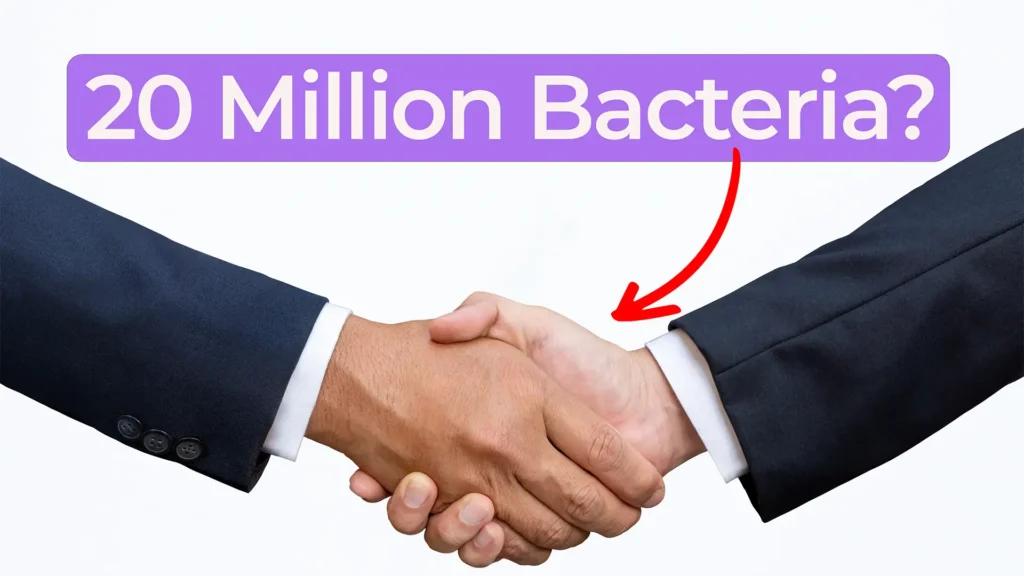
In this Bio Break episode, Nick and Nigel explore a surprising and memorable microbiology fact that puts everyday hand hygiene into perspective.
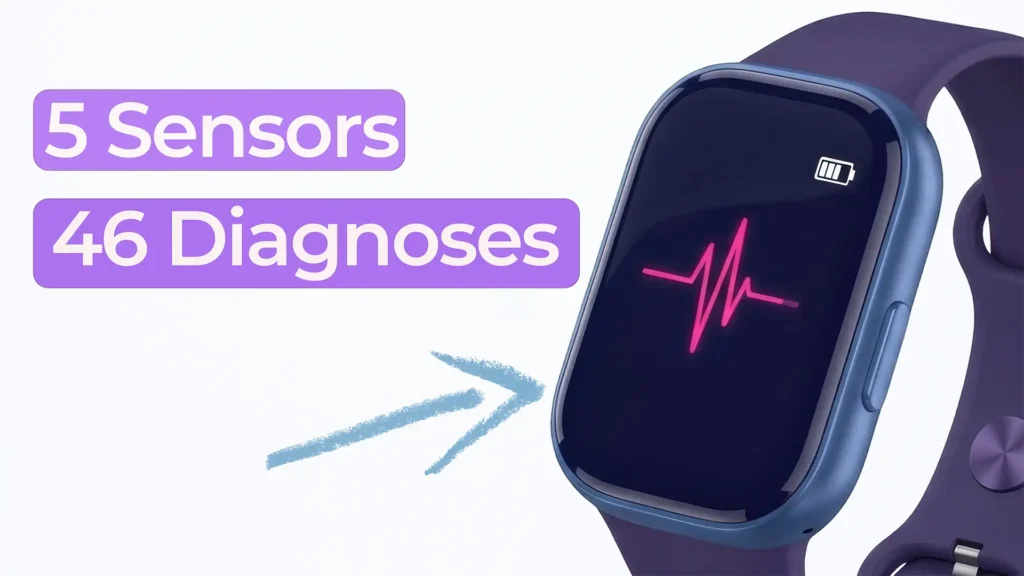
Nick and Nigel explore how a surprisingly small set of sensors could be used to identify a wide range of common health conditions.
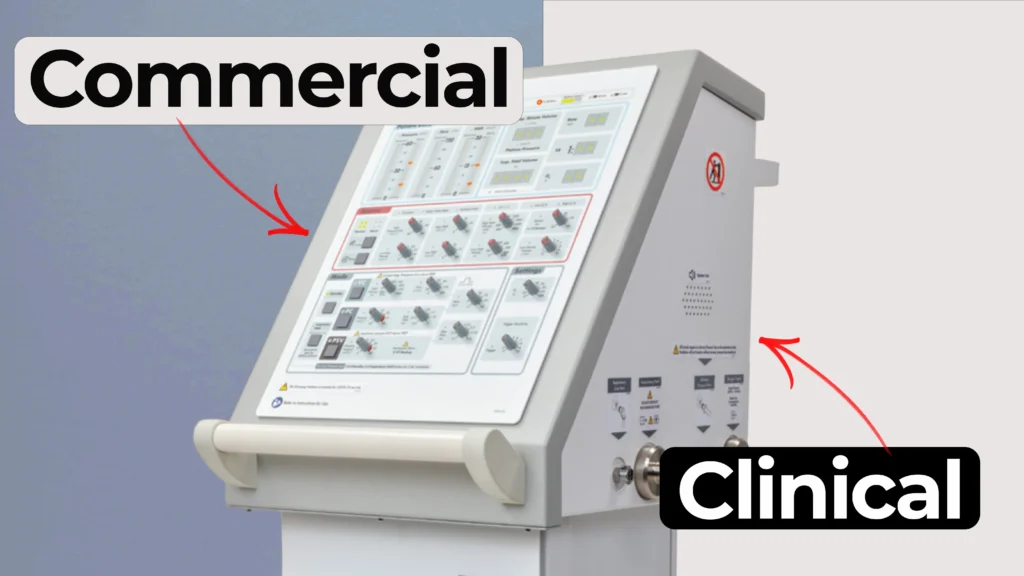
Understanding how clinical ventilator development differs from commercial ventilator design is essential for teams planning early studies.
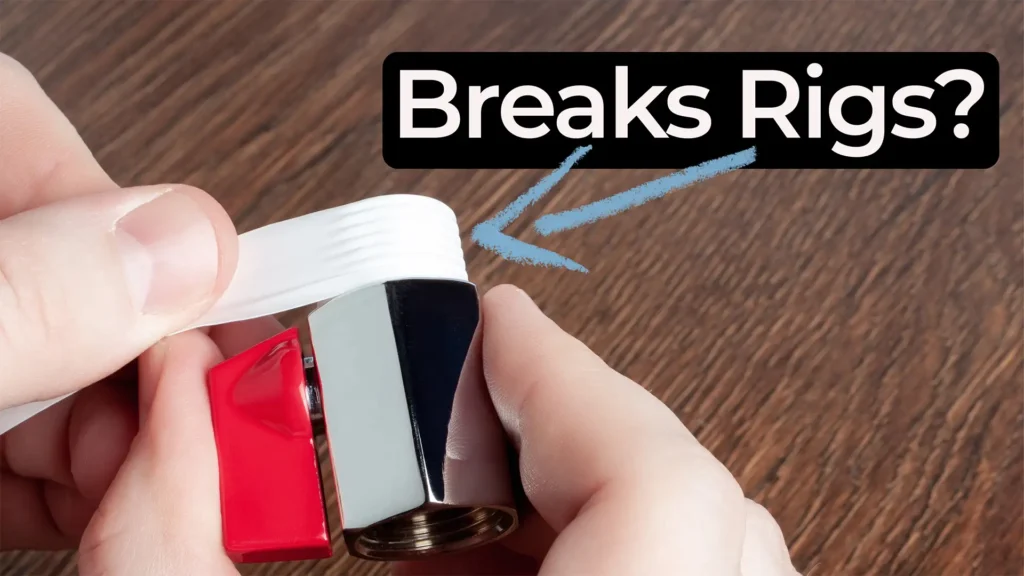
Nick walks through a practical Teflon tape lesson that came from real work supporting a mechanical test rig.
